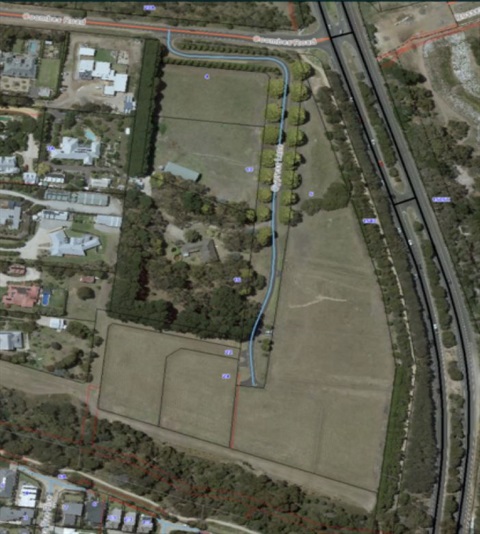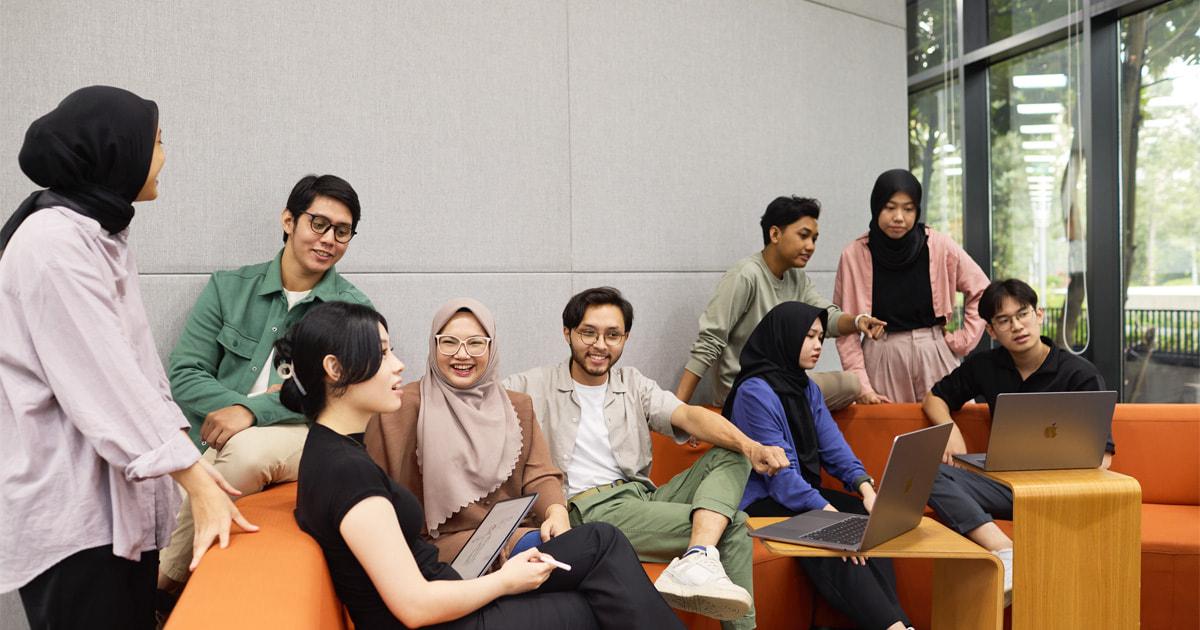- Microsoft announces the general availability of Azure Digital Twins
- Holistic integration across digital twin technologies will enable users to digitally manage physical spaces, maximize efficiency, support COVID-19 safety and pilot new solutions
- Solution aims to encompass the entire ecosystem of building and device management technologies with digital cloud technologies
- Collaboration will support efficient and environmentally friendly design, construction and ongoing operation of buildings and spaces through modeling, analytics and digital control mechanisms
CORK, Ireland, and REDMOND, Wash. – Dec. 8, 2020 – Johnson Controls (NYSE: JCI), the global leader for smart and sustainable buildings, and Microsoft Corp. on Tuesday announced a global collaboration to digitally transform how buildings and spaces are conceived, built and managed. Microsoft also announced the general availability of Microsoft Azure Digital Twins.
As a key partner for Azure Digital Twins, Johnson Control’s OpenBlue Digital Twin is a comprehensive platform that will support the entire ecosystem of building and device management technologies with digital cloud technologies.
Johnson Controls is a Microsoft partner leveraging several Azure services including Active Directory Services, Azure Data Lake, Access Control and Time Series Insights. Microsoft’s Azure Digital Twins is the newest Azure platform service integrated into Johnson Controls OpenBlue platform that aims to enable the creation of next-generation IoT connected solutions that will model the real world. Johnson Control’s platform turns the physical world into computable objects that will enable customers to create detailed digital versions of physical buildings, assets and systems.
Digital twins are digital replicas of physical entities capable of providing an in-depth analysis of data and the potential to monitor systems to mitigate risks, manage issues and utilize simulations to test future solutions. The use of digital twins plays an important role in helping technicians identify the root cause of issues accelerating problem-solving. Additionally, building managers are able to support COVID-19 safety and security protocols, while ensuring efficient use of energy and other facility resources.
Azure Digital Twins enables the creation of knowledge graphs based on digital models of entire environments, whether they are buildings, factories, farms, energy networks, railways, stadiums or entire cities. These digital models empower property managers with actionable insights that drive better products, optimize operations, reduce costs and create breakthrough customer experiences.
OpenBlue Digital Twin is a unique platform purpose-built with smart buildings and spaces in mind, enabling and unifying all aspects of an intelligent building: security, employee experience, facilities management, sustainability and more. The open platform’s open system seamlessly integrates with existing building infrastructure, regardless of brand, make or model.
“Our partnership with Microsoft is a vital ingredient in our innovation strategy, as the company shares our vision of using technology to transform the environments where people live, work, learn and play,” said Mike Ellis, vice president and chief digital and customer officer at Johnson Controls. “Digital twins are playing an increasingly important role in the design, construction and ongoing operation of healthy buildings and spaces, and can be particularly valuable when analyzing large datasets and predicting patterns and trends to tell our customers things they don’t yet know. Our OpenBlue digital platform, closely connected with Microsoft’s platform and workplace technologies, represents an unbeatable opportunity to help our customers make shared spaces safer, more agile and more sustainable.”
“We have an incredible opportunity to use advances in cloud and compute capabilities to help customers reimagine the physical world,” said Scott Guthrie, executive vice president, Cloud + AI, Microsoft. “By integrating the power of Azure Digital Twins with JCI’s OpenBlue Digital Twin platform, our collaboration will provide customers with a digital replica and actionable insights to better meet their evolving needs.”
Among the numerous pilots currently under development is an ambitious effort at The National University of Singapore (NUS). As part of the university’s ongoing efforts to create a smart, safe and sustainable campus for students and staff, the new alliance’s complementary products and services are coming together to test the foundations of a Digital Twin-powered operations platform. The data-driven platform will enable integrated building management across the campus and serve as the foundation for energy and space optimization, predictive maintenance, and unmanned operations.
“NUS is excited to collaborate with Microsoft and Johnson Controls, in our digital transformation journey that changes the way we design and manage our buildings and infrastructure, as we move toward a carbon-neutral campus by 2030,” said Professor Yong Kwet Yew, senior vice president (Campus Infrastructure), NUS.
Working with Microsoft, Johnson Controls will address how people can return to work to maximize space while operating facilities safely, including:
- Energy optimization. Optimizing energy usage within facilities maintenance with a goal of reducing carbon emissions to save money and support sustainability efforts.
- Access control and safety. Addressing physical access and safety using live video analytics and spatial intelligence, combining Microsoft cloud services and Johnson Controls security access controls hardware end points.
- Collaboration for facility managers. Integrating facility management workflows with workplace collaboration platforms such as Dynamics 365 and Microsoft Teams to increase productivity and collaboration across remote teams.
- Workspace optimization. Maximizing the use of spaces by merging building and occupancy data with experiences to create actionable insights for facility managers and the occupants.







